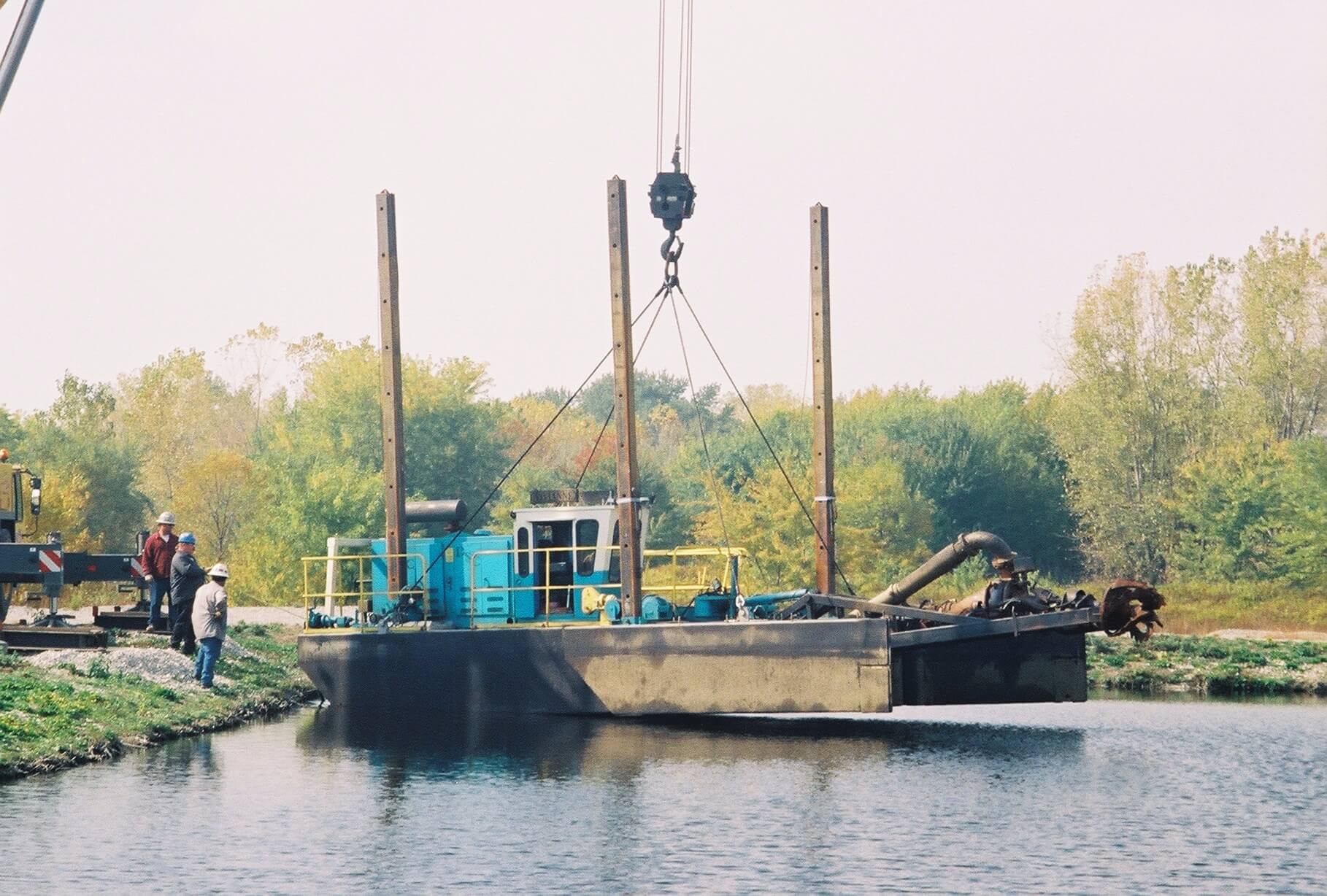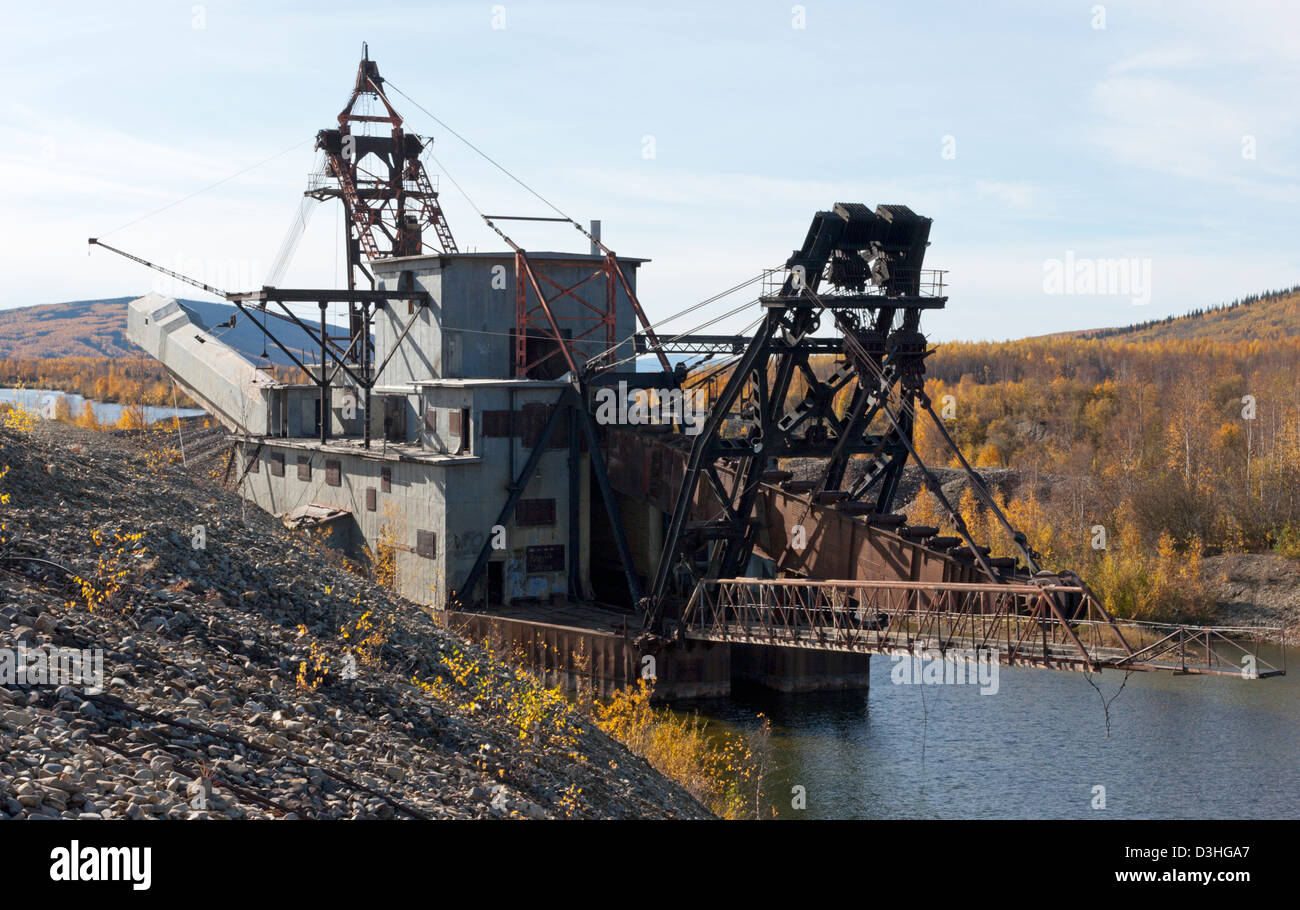

Mechanical dredging refers to the removal of sand, sludge, or sediment with an excavator, backhoe, dragline, clamshell, or other equipment that excavates material. It comes in various size diameters and can be routed easily through small spaces or openings for access to areas with low impact. The pipeline is usually plastic and sealed to prevent leakage. RSI can place one of its many in-line booster pumps to essentially pump any distance (however this is usually limited by cost or other factors). Some of our dredges can pump up to a mile, but 1,000 to 2,000’ feet is a more common distance for efficient pumping.

Different dredges pump sediment and muck in varying volumes and distances based on sediment type (sand/silt/clay content, abrasiveness, gravel, etc.). Dredging is not a one-sized fits all application. River Sand also has different types of dredges including auger cutterhead, hydraulic cutterhead, swinging ladder, cable operated, remote controlled, and aggregate/sand dredges. The most common sized dredges we utility are 6”, 8”, 10”, and 12” size pumps. We have dredges that are small one-man, diver operated systems up to large dredges that must be trucked in multiple tractor trailer loads and assembled with a crane. Hydraulic dredging or sometimes called pump dredging is a floating barge that vacuums the sediment from beneath the water’s surface and pumps it via a pipeline to a location for disposal or dewatering.


 0 kommentar(er)
0 kommentar(er)
